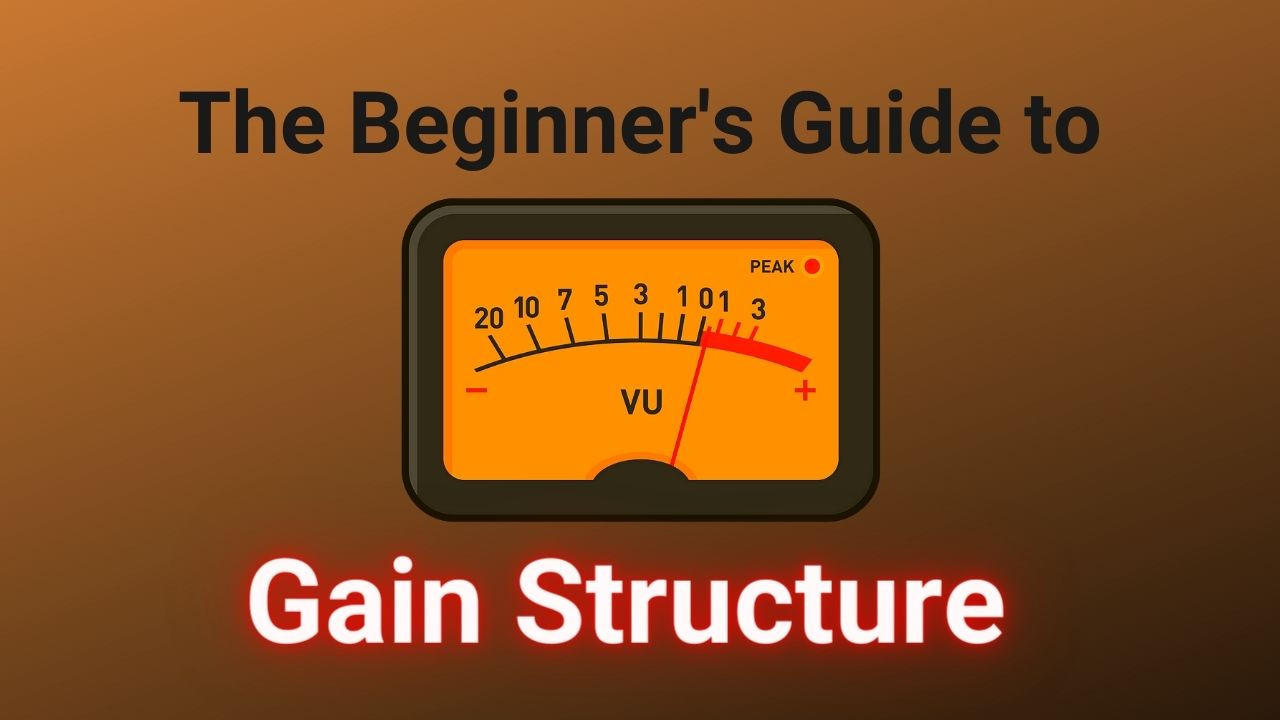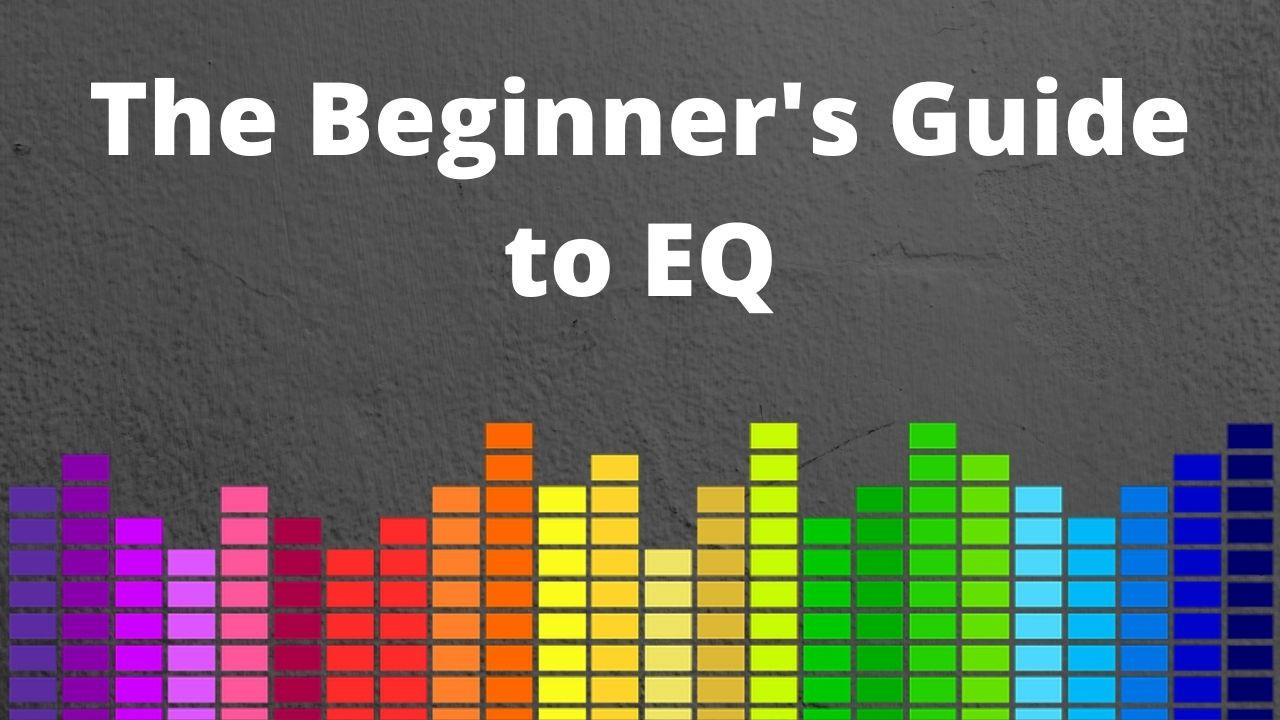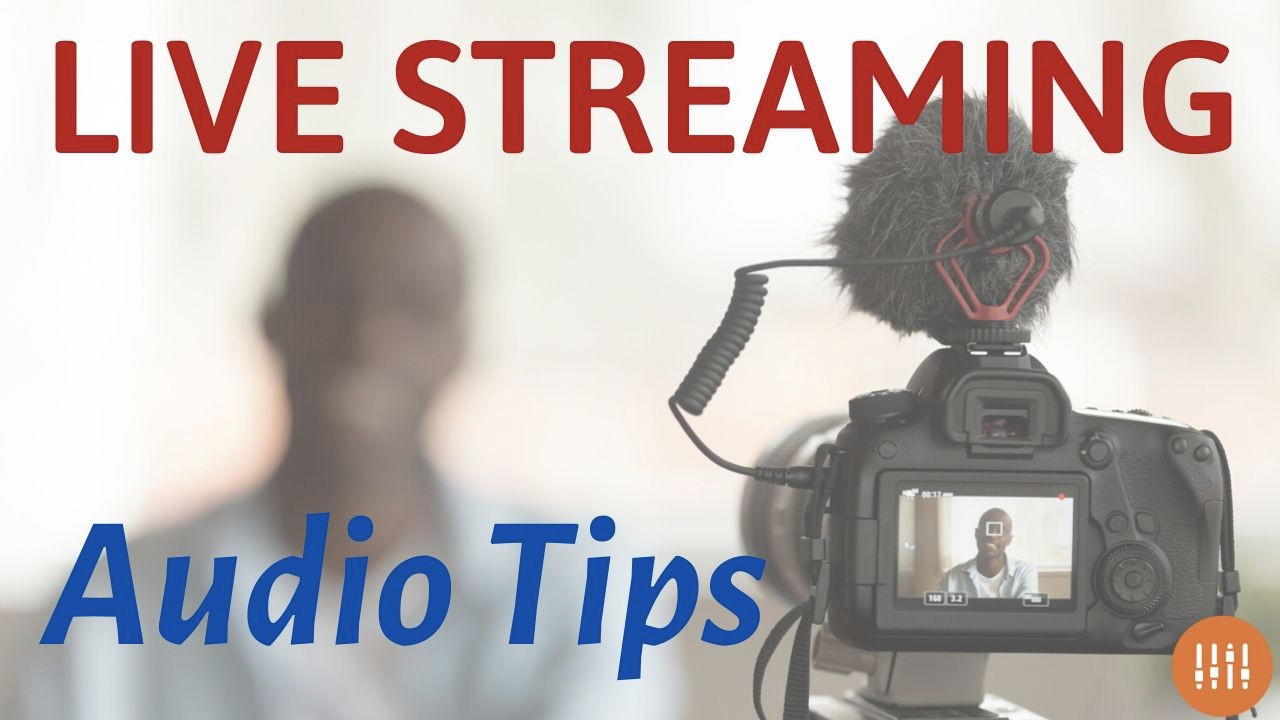Blog
The Beginner's Guide To Gain Structure

Note: this post is contributed by professional sound engineer Terry Bledsoe, author of The Beginner's Guide To Live Sound Mixing: Or How Not To Get Fired On Your First Gig
Okay, I know you want to get going and playing with some gear, but let’s get a few basics out of the way. First of all, this is a simple sound wave:

Hertz measures the number of these that happen in one second. The number of Hertz that happen is the Frequency. The more the Hertz, the shorter the waves and are higher pitched frequencies, the lower the number are the low frequencies, that require more power to produce.

The amplitude is how strong the signal is. This is measured in decibels or dB. Too much amplitude and we have distortion, too little and we get noise...
How 1/4" Audio Cables Work

The venerable 1/4" (6.35mm) phone plug has been with us for a long time – since 1878!
Something that has been around that long is bound to have a lot of different uses associated with it.
Yes, it's called a "phone" plug because...
The original use was as a convenient way to manually switch telephone lines at the central station (you know, those old-fashioned switchboard operators?).
As it relates to audio and professional live sound systems, the 1/4" plug is used for 5 primary functions:
- Stereo cables (headphones)
- Unbalanced cables (guitars)
- Balanced pro audio cables (console outputs)
- Insert patch cables (side-chain effects like reverb or compression)
- Speaker cables (monitors & mains)
The first four cables may look exactly the...
Live Streaming Checklist for Churches

Live streaming your church worship service comes with a unique set of technical requirements and production workflow that can be very different from traditional in-person services.
As a church sound tech, it is important to factor in the technical needs of the complete live streaming setup, even if you have other team members handling things like lighting and video.
You’ve heard it said before, but audio is the most important part of live streaming. It’s important to get your mix and audio connections dialed in before going live.
It’s also extremely important that you test your audio levels at every stage in the live streaming workflow.
This means that you not only monitor the stream mix at the console, but also at the camera or encodin...
The Beginner's Guide To EQ

Note: this post is contributed by professional sound engineer Terry Bledsoe, author of The Beginner's Guide To Live Sound Mixing: Or How Not To Get Fired On Your First Gig
Equalization, or manipulating the tone of sound is broken down into two main parts: System EQ and Channel (or instrument) EQ.
System EQ is adjusting the sound for the type of speakers you are using and the space that you are mixing in.
Channel EQ is how we manipulate each instrument to be distinguishable and yet work within the entire mix.
Let’s start with a very basic System EQ.
System EQ Concepts
Your Tools
We shall begin with a simple Stereo sound system, as in mic, mixer, amp and two speakers.
This is the simplest system in the sound universe.
With analogue ...
Mixing Consoles for Small & Medium Churches

If there’s one technology component that your church needs to take its time and focus to decide on, it is the question of what audio mixing console should be used.
This decision can make the difference between ok sound and great sound, and it will definitely make a difference in the confidence (and even the size) of your sound team.
The main sound system controller at your church goes by many names: soundboard, audio desk, mixing console, mixer, etc. They all refer to the same thing.
Selecting the right soundboard for your church might be the biggest audio decision you make. After all, it’s hard to mix good sound without a good soundboard.
Here are some questions to ask to help lead you to the right choice for your church.
Analog or Di...
How to Mix Pads for Worship

Adding an ambient pad to your worship team’s sound is becoming more and more common. Many worship leaders celebrate using pads because it’s an easy, turn-key way to add a depth of sound to your worship team’s instrumentation without adding a team member or learning complex new technology.
Pads create a “musical safety net” that affords worship leaders the freedom to focus less on the details and more on leading well. Pads are an amazingly effective, low-cost, easy-to-use resource.
Those who are inexperienced with pads, however, tend to have a common question:
“Won't a continual pad-drone clash with the worship team, especially when they change chords? And if it’s always playing, won’t the pad make everything sound muddy?”
Part of the an...
Sound in the Gospel - Book Review

This blog post is a little different - it's a book review. And it's about a book you should probably get (if you don't have it already).
The book is called "Sound In the Gospel …for the knucklehead tech in all of us" by Magic Dave (Dave Wright), foreword by Matt Papa.
To be honest, it totally caught me off guard.
I found out about Dave through one of those random "friend of a friend" type of interactions a few months ago.
Dave was just finishing up the layout and editing for this book when we first connected. It's a book about church sound, so that piqued my interest!
I was really curious to check out Dave's new book, so he sent me a copy when it finally came out.
I read through the entire book in less than a day.
Even though the boo...
Is Jargon Killing Your Tech Team?

This post is a bit of a departure from some of our normal topics here at Great Church Sound. But you’d be surprised at how something so simple can cause so many problems.
Jargon.
It’s sort of an ugly word all by itself.
We use jargon all the time – especially in tech circles!
“Hey, can you tweak the pot on that lo-z input so the op amp doesn’t distort? And while you’re at it, spike the jazz box balun.”
Ok, well… You might not put it exactly like that, but if you chain enough of these silly words together, the conversation just sounds ridiculous!
Here’s the Problem
The words we use and the way we throw them around in casual banter within our tech circles can feel incredibly exclusive and off-putting for new volunteers or those who may...
How To Stop Buzz & Hum

If you’ve run sound for very long, then you’ve probably encountered buzz and hum in your sound system.
And chances are you want to get rid of it, fast!
Buzz vs. Hum
Buzz and Hum are different.
They sound different, and they have different causes.
This means that fixing them may require different solutions.
Buzz is often a higher pitched noise that can even crackle at times. (Imagine the zzzzzzz and crackle in a bad AM radio station.)
Hum tends to sound lower pitched and it will likely have a tone signature that you can actually hum along with. (Imagine a low or mid-frequency mmmmmm.)
Finding & Fixing Buzz
Buzz is generally caused by electrical noise or interference that gets into the audio signal.
This interference can come from b...
Live Streaming Audio Tips

Live streaming your church services can be a great way to reach your congregation. In fact, it may be the only way some members can even attend church.
With live streaming becoming such a critical service, it’s important to make sure the quality of the stream is as good as possible. Most people focus on the video quality first. But the real question is, can they hear you?
You know that audio is the most important part of any live stream, right?
If your audio quality is decent and your video is so-so, I’ll probably stick around. But if your audio is terrible, I don’t care how good the video is, I’m tuning out.
It is really important to send a consistent audio feed to your live streaming service. There are a few ways to do it, depending o...





